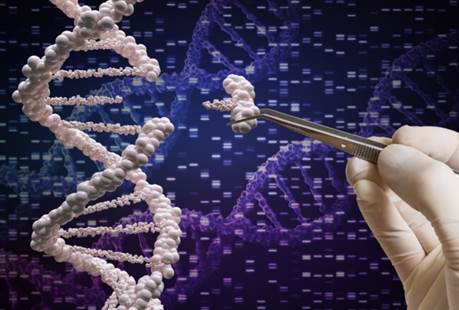 The Gene Perturbation platform is equipped with the necessary equipment for the transformation and culture of embryos of marine organisms.
The Gene Perturbation platform is equipped with the necessary equipment for the transformation and culture of embryos of marine organisms.
The area is equipped with: a puller to prepare microinjection needles, an electroporator and three microinjection setups necessary for the transformation of zygotes.
Refrigerated incubators and a thermostatic chamber (walk-in) are also available, for the growth of embryos at the required temperature (typically 15, 18 and 20°C).
 Managere: Mara Francone
Managere: Mara Francone
This email address is being protected from spambots. You need JavaScript enabled to view it.
Extension #353
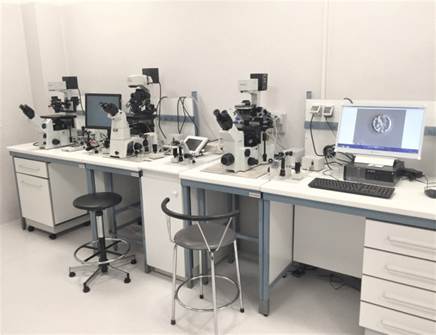
Second floor EAST Wing, #244, #246
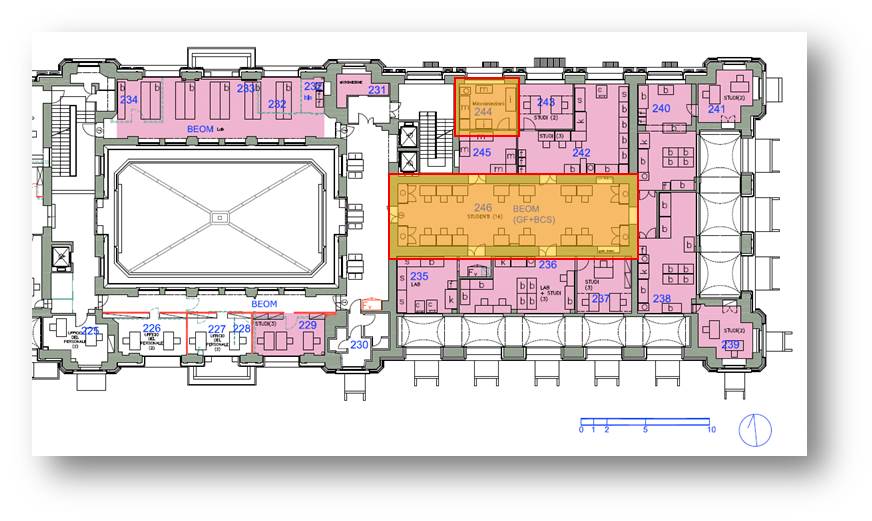
|
|
| - Electroporator |
| - Puller |
| - Microinjection setup 1 |
| - Microinjection setup 2 |
| - Microinjection setup 3 |
| - Panasonic incubator (15°C) |
| - Memmert incubator (18°C) |
| - VelpScientifica incubator (20°C) |
| - Walk-in room (18°C) |
| Book on LabAgenda: instructions for users |
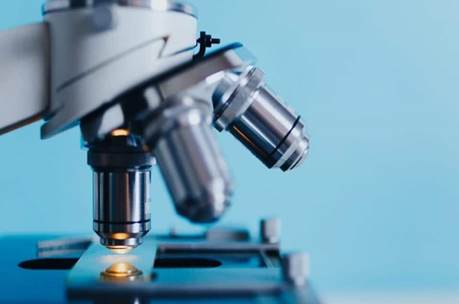 The Microscopic Observations platform is equipped with four systems:
The Microscopic Observations platform is equipped with four systems:
2 microscopes, both with visible light and fluorescence;
2 stereomicroscopes (brightfield and fluorescence).
 Manager: Mara Francone
Manager: Mara Francone
This email address is being protected from spambots. You need JavaScript enabled to view it.
Extension #353
Second floor EAST Wing, #245
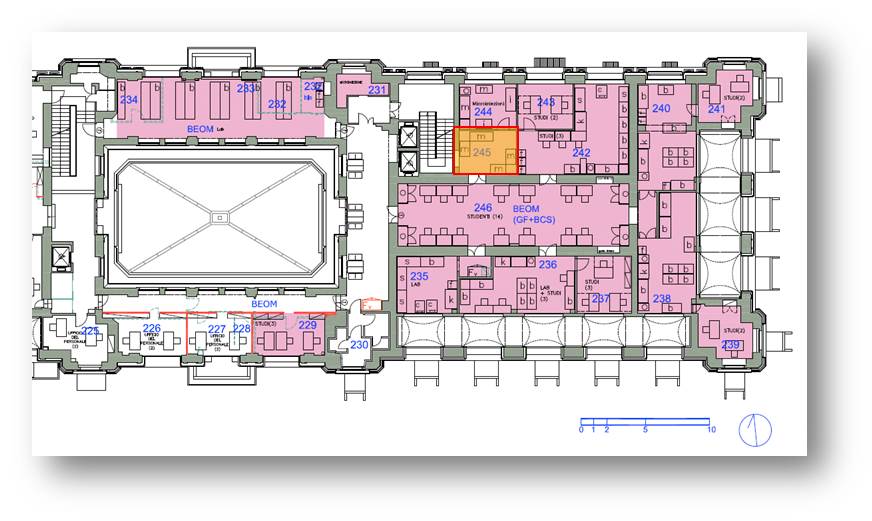
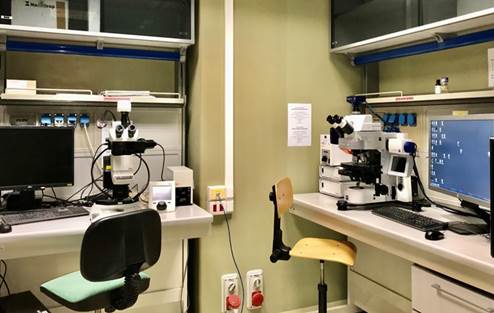
| Bookable instruments |
| Zeiss Apotome.2 microscope |
| Zeiss Imager.M1 microscope |
| Leica M205FA stereomicroscope |
| Leica M205C stereomicroscope |
| Book on LabAgenda: instructions for users |
 The Developmental Molecular Biology area is dedicated to the analysis and study of the regulatory mechanisms that govern development of marine organisms. This includes the following dedicated platforms:
The Developmental Molecular Biology area is dedicated to the analysis and study of the regulatory mechanisms that govern development of marine organisms. This includes the following dedicated platforms:
- Electrophoresis and PCR
- Centrifugation and Ultracentrifugation
- Nucleic Acid Extraction and Purification
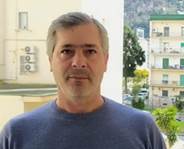 Manager: Alessandro Amoroso
Manager: Alessandro Amoroso
This email address is being protected from spambots. You need JavaScript enabled to view it.
Extension #345
| First Floor EST Wing | Second Floor EST Wing |
 |
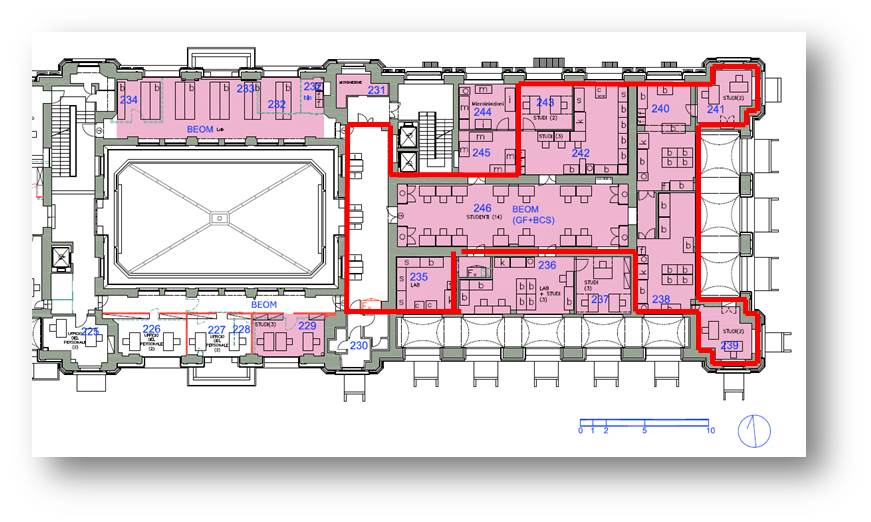 |
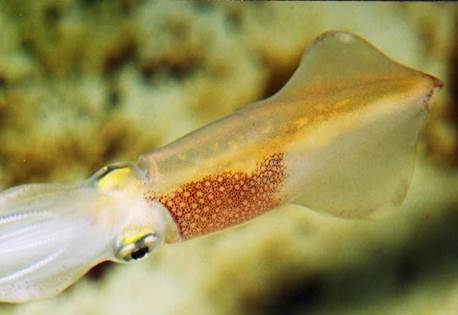 The Physiology and Behavior area is devoted to research in fields including physiology, neuroscience and behavior of marine organisms, with a focus on the evaluation of neural and behavioral plasticity. This is organized into three dedicated platforms:
The Physiology and Behavior area is devoted to research in fields including physiology, neuroscience and behavior of marine organisms, with a focus on the evaluation of neural and behavioral plasticity. This is organized into three dedicated platforms:
 Manager: Pamela Imperadore
Manager: Pamela Imperadore
This email address is being protected from spambots. You need JavaScript enabled to view it.
Extension #232
First Floor EAST Wing
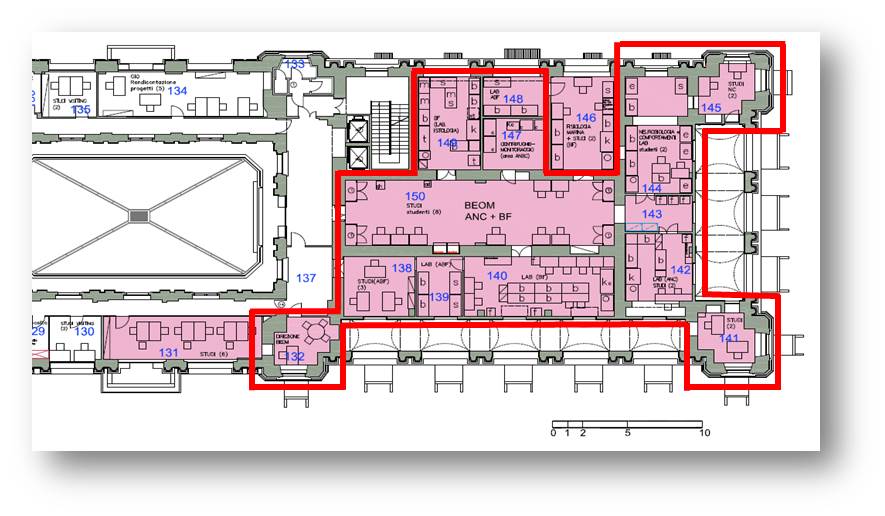
 The Electrophoresis and PCR platform is equipped with several PCR machines (9) and with the necessary equipment for the: preparation of agarose gel, electrophoresis gel running, UV image acquisition, quantification of nucleic acids (NanoDrop).
The Electrophoresis and PCR platform is equipped with several PCR machines (9) and with the necessary equipment for the: preparation of agarose gel, electrophoresis gel running, UV image acquisition, quantification of nucleic acids (NanoDrop).
 Managere: Alessandro Amoroso
Managere: Alessandro Amoroso
This email address is being protected from spambots. You need JavaScript enabled to view it.
Extension #345
| Bookable Equipment | 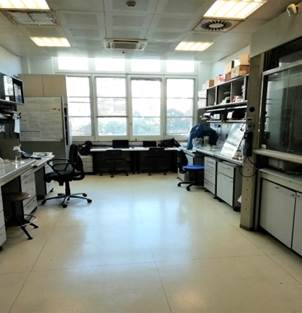 |
| Room #146 | |
| Chemical Hood for the purification of nucleic acids | |
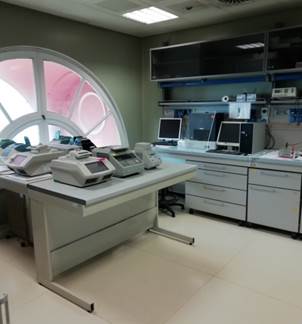 |
|
| Room #235 | |
| - PCR HYBAID Express #1 | |
| - PCR HYBAID Express #2 | |
| - PCR HYBAID PX2 | |
| - PCR BIORAD C1000 #1 | |
| - PCR BIORAD C1000 #2 | |
| - PCR MJResearch PTC 100 | |
| - PCR MJResearch MiniCycler | |
| - PCR GeneAmp System 9700 | |
| - PCR EPPENDORF Mastercycler | |
| - Thermostated Bath JULABO SW22 | |
| - Thermostated Bath GFL | |
| - Hybridization Oven FINEPCR | |
| - Hybridization Oven TECNE | |
| Book on LabAgenda: instructions for users |
|
Primo piano Ala EST, #146 |
Secondo piano Ala EST, #235 |
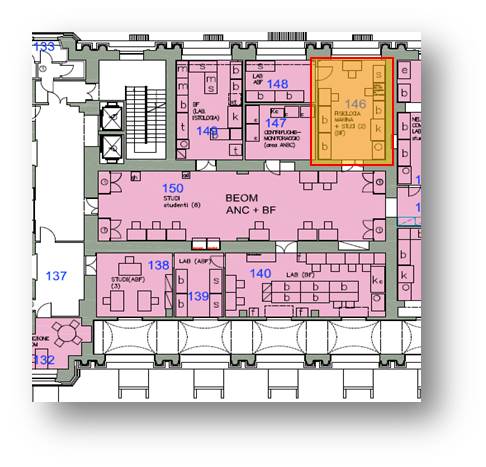 |
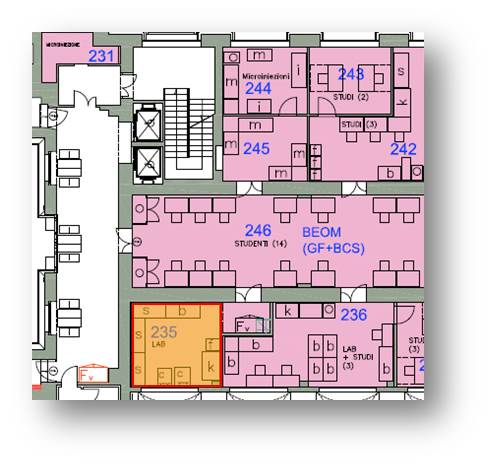 |










